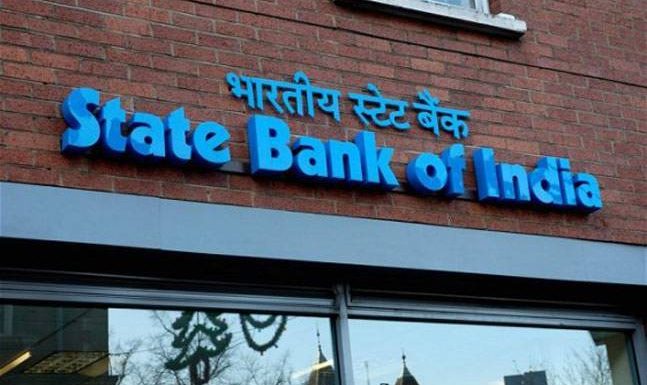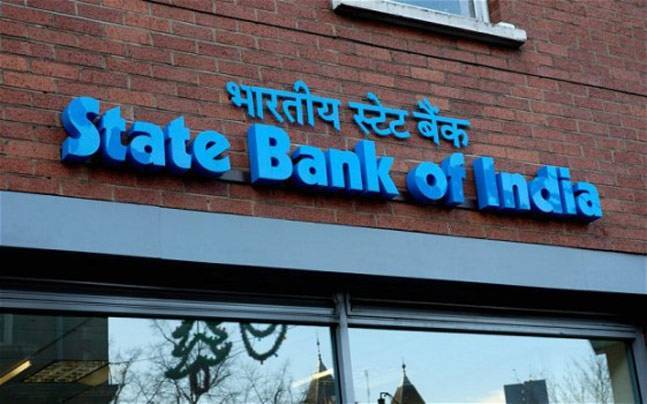
 In a surprising move at the start of the year, reduced its base rate and benchmark prime lending rates (BPLR) for existing customers by 30 basis points each effective from January 1.
In a surprising move at the start of the year, reduced its base rate and benchmark prime lending rates (BPLR) for existing customers by 30 basis points each effective from January 1.One basis point is a hundredth of a percentage point.
The bank said it would also extend its ongoing waiver on home loan processing fee till March 31 for new customers and for customers switching their loans
Though all new customers are offered the marginal cost-based lending rate (MCLR), a large chunk of retail customers — especially on the home loan side — as well as old corporate loans, are still in the base rate system.
About 8 million customers would benefit from this move, said P K Gupta, managing director (retail and digital banking),
The revised base rate for the bank is now 8.65 per cent, while the BPLR is 13.40 per cent. The base rate is the minimum a bank can offer to its customers.
“The reduction in the base rate is a New Year gift to the bank’s loyal customers, as a large number of consumers who have their loans linked to the base rate will benefit. This reduction is part of the bank’s efforts to ensure transmission of the reduction in policy rates of the recent past,” Gupta said.
The benefits from this move would be reasonably good. Consider a borrower who has a home loan outstanding of Rs 5 million with a tenure of 20 years. Suppose his home loan rate is 15 basis points above the base rate, or 9.10 per cent, his new rate will come down to 8.80 per cent. His equated monthly instalment (EMI) will fall from Rs 45,308 to Rs 44,345, a drop of Rs 963 each month and a saving of Rs 11, 556 annually.
According to experts, this is a long-called for measure. “Older customers have been paying a much higher rate of interest for a very long time. This measure
will partially reduce the burden of such customers,” said Harsh Roongta, a fee-only investment adviser.
Those who took a home loan at the start of 2016, just before the MCLR (marginal cost of funds-based lending rate) rate regime began (in April that year), would have been paying a home loan rate that is 10-15 basis points above the base rate. So their home loan rate will come down to 8.75-8.80 per cent.
Many people who had taken the loan much earlier, say, in 2011, would be paying a rate that is 150-200 basis points above the base rate. After the cut, their home loan rate will stand at 10.15-10.65 per cent. On the other hand, the best rate available from SBI under the MCLR regime is 8.35 per cent currently (8.30 per cent for women borrowers).
The rate cut by SBI is expected to be followed by other banks that have been reluctant to pass on the benefit to customers despite policy rate cuts by the Reserve Bank of India. Banks cite rising bond yields as a reason for not lowering lending rates. Since the MCLR is linked to market rates, it is not easy to tinker with the rates.
“SBI being the industry leader, a rate cut by SBI is usually followed by similar actions by other banks,” said Udit Kariwala, senior analyst with India Ratings and Research.
Naveen Kukreja, chief executive officer and co-founder of Paisabazaar.com, said: “Not only will it benefit millions of SBI customers who have their loans linked to its base rate, it will also help the bank in customer retention. SBI today has the lowest base rate. But I expect private and other public sector banks to follow suit within the next few days.”
Monday’s announcement by SBI did not touch the MCLR rate regime, which, in all fairness, banks have reduced in sync with policy rates in the past. The RBI on its part has nudged banks to lower rates that have not reflected effective transmission. Since January 2015, the RBI has cut its policy rates by 175 basis points, whereas banks have not cut their base rates by more than 100-120 basis points. SBI’s base rate cut addresses much of those issues.
“The MCLR has been steadily decreasing over last few months but the base rate has been sticky. This resulted in the differential between the MCLR and the base rate increasing and now with recent deposit rate cuts, banks are in a position to pass on the benefits to customers,” Kariwala said.
But it still makes sense for customers to shift to the MCLR regime.
“Even after the latest cut, customers on the base rate should shift to the MCLR regime, where they can get better rates,” said Roongta. He added customers who had paid their EMIs regularly should have no trouble shifting to the best rate at SBI. If SBI did not agree customers should also try other banks, he added.
The RBI, on its part, is planning to overhaul the MCLR regime. A few months back, an internal committee had recommended linking the rates to a market rate such as the repo rate, certificate of deposits or treasury bills for better transmission
COURTESY= business-standard.com

